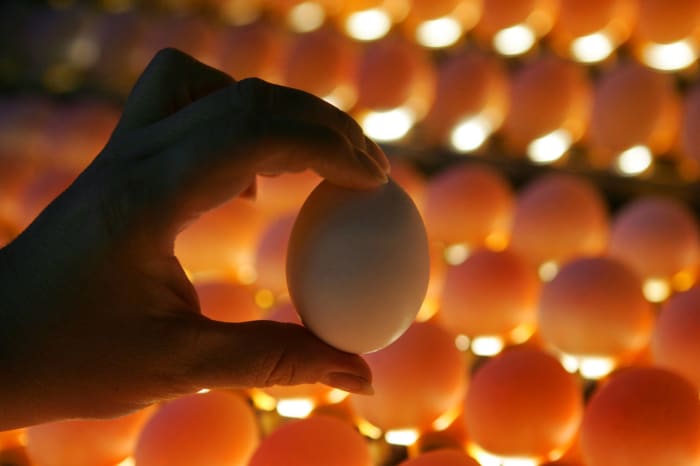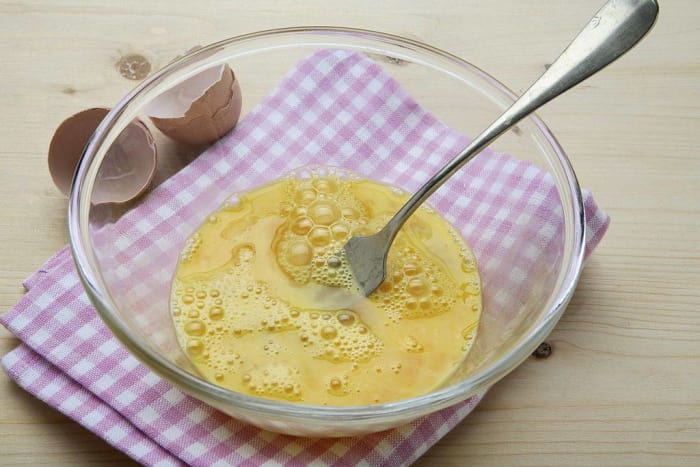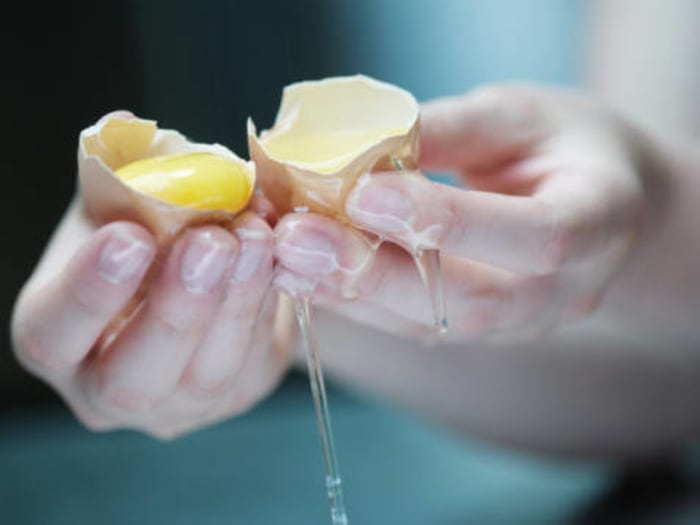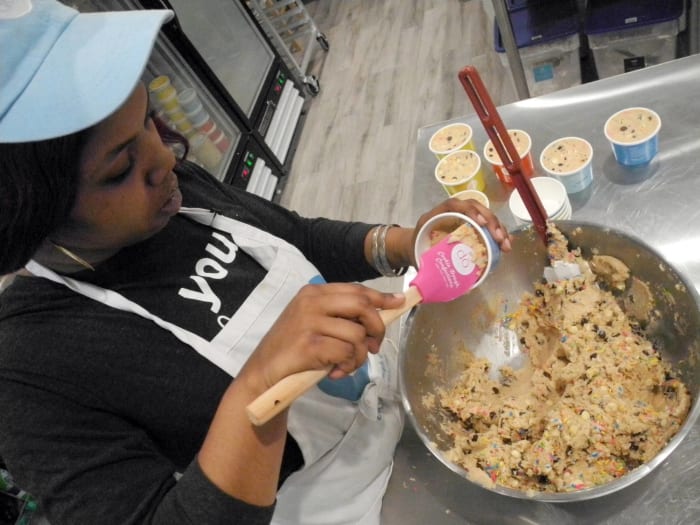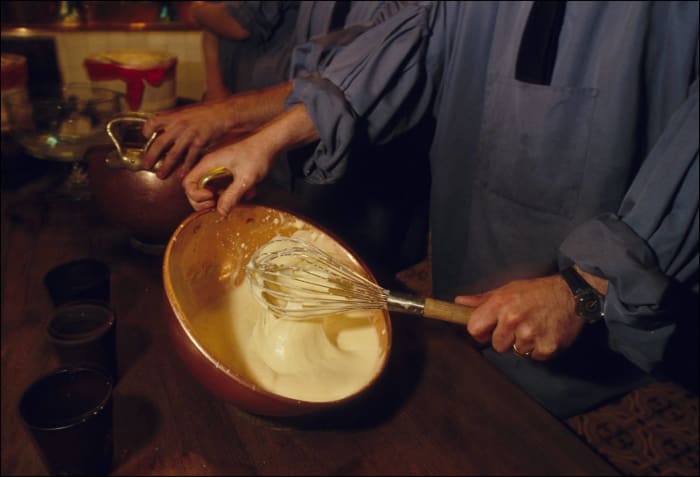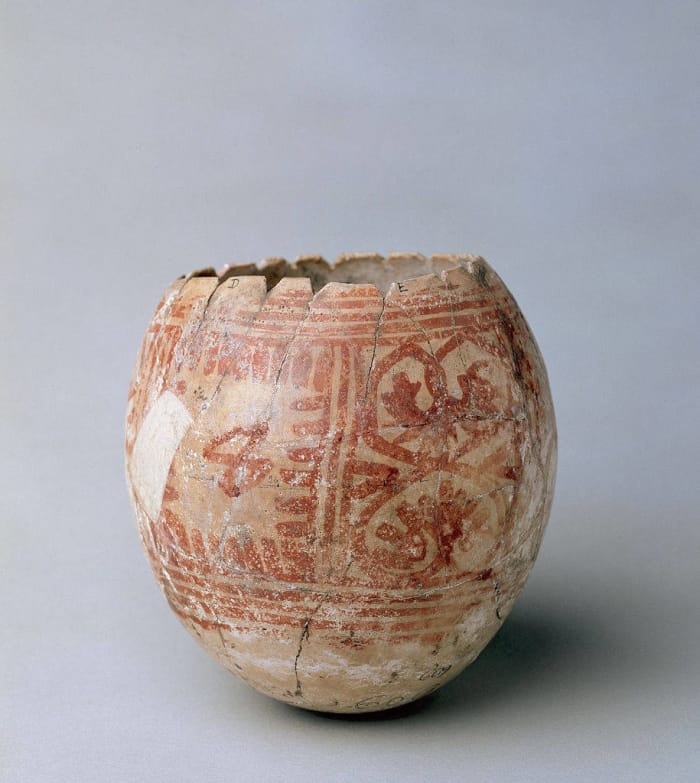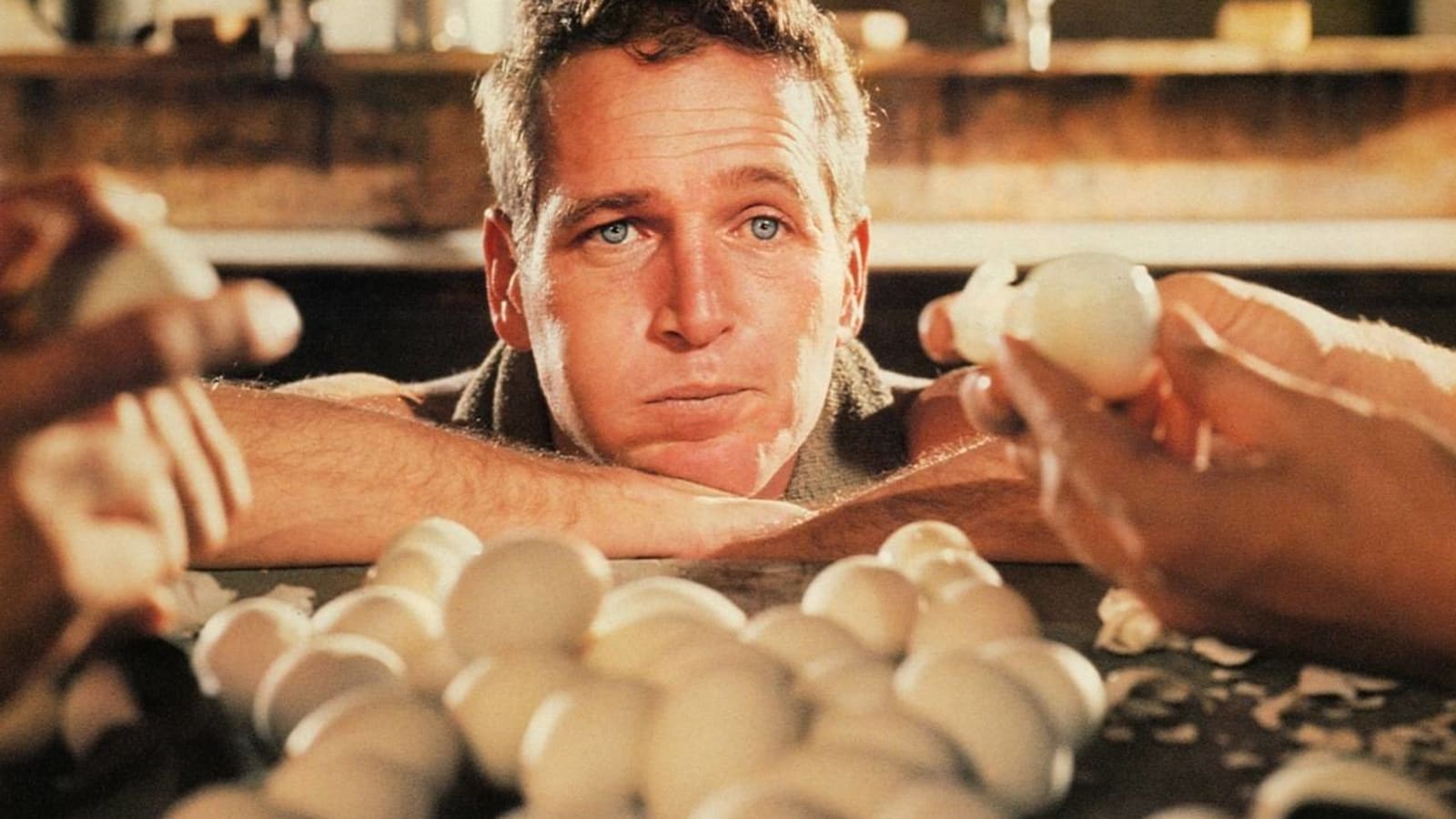
20 egg-cellent egg myths you probably still believe
As cliche as it sounds, eggs are truly incredible. They’re tasty, versatile, low in calories, and packed with protein, vitamins, minerals, and antioxidants. They can be eaten solo, or added to an endless number of breakfast, lunch, dinner, and dessert dishes.
Although eggs have been consumed by humans for as long as humans have walked the Earth, it’s remarkable how little we know about them. Or, more accurately, it’s remarkable how much confusion there is around eggs, and how many misconceptions people still possess and perpetuate. Even if you’re an egg eggs-pert (sorry, we couldn’t resist), you still might have fallen for some of these faux facts. Here are 20 egg myths you probably still believe.
More must-reads:
- Cowboys' Jerry Jones sends message to Packers' Micah Parsons after brutal injury
- Not living up to the hype: Most disappointing NFL teams in 2025
- The 'Active NFL 5-passing-TD games' quiz
Breaking News
Trending News
Customize Your Newsletter
 +
+
Get the latest news and rumors, customized to your favorite sports and teams. Emailed daily. Always free!


